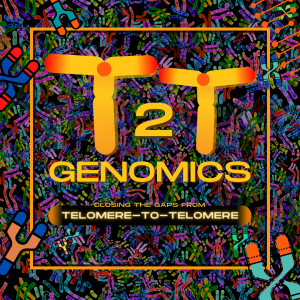I start (tomorrow, Monday, really) on September 1, 2024 at the KB, the national library. I am incredibly excited about this. During the summer vacation I read a few books in preparation (mind you, I also just listened to books by Mathijs Deen😉). One was “The Consolation of Philosophy,” an older book by Alain de Botton, which I like to read or listen back to from time to time.
Rogue Scholar Beiträge

Dr Jonathan Evans and I will be presenting a joint paper at the Digital Humanities Congress 2024 in Sheffield.
Dear rOpenSci friends, it’s time for our monthly news roundup! You can read this post on our blog.Now let’s dive into the activity at and around rOpenSci!rOpenSci HQ Community call: Navigating the R ecosystem using R-Universe! On Tuesday, 24 September 2024 16:00 UTC (no RSVP needed), join us to learn more about R-Universe and how you can use it to improve your R package development workflow.
Ethan White’s lab at the University of Florida has an opening for a PhD student starting in Fall 2025 to study ecological forecasting of wading birds in the Everglades.

New paper out, er, yesterday: Atterholt, J., Wedel, M.J., Tykoski, R., Fiorillo, A.R., Holwerda, F., Nalley, T.K., Lepore, T., and Yasmer, J. 2024. Neural canal ridges: a novel osteological correlate of postcranial neuroanatomy in dinosaurs. The Anatomical Record, 1-20. https://doi.org/10.1002/ar.25558 This one started a bit over 10 years ago, on April 9, 2014.

Wer mit Creative-Commons-Lizenzen arbeitet, stolpert früher oder später über das Kürzel „NC“. Paul Klimpel erklärt den Lizenzbaustein, gibt Beispiele für sinnvolle Anwendungen und erläutert, warum von NC im OER-Kontext abzuraten ist.

Academia is undergoing a rapid transformation characterized by exponential growth of scholarly outputs. This phenomenon, often termed the "firehose problem," presents significant challenges for researchers, publishers, funders, policymakers, and institutions alike.

GigaScience’s T2T Series has now launched, with our first papers showcasing new Telomere-to-Telomere methods and genomic data sets. While the first draft of the Human Genome was declared complete in April 2003, it took a further two decades for the publication of the first complete, gapless sequence of a human genome in March 2022.
Calicheamicin is a natural product with antitumour properties discovered in the 1980s, with the structure shown below. As noted elsewhere, this structure has many weird properties, including amongst other features an unusual “enedidyne” motif and the presence of an iodo group on an aromatic ring.

Modeling Principles Almost all, if not all, applied science is based on the idea of a model. There are problems in the real world, and we would like to create a theory to solve such problems. One of the pillars or the main foundation of quantitative modeling is its effectiveness. But how can a model be effective? By demonstrating that it is simple, reproducible, and applicable in other areas of knowledge.